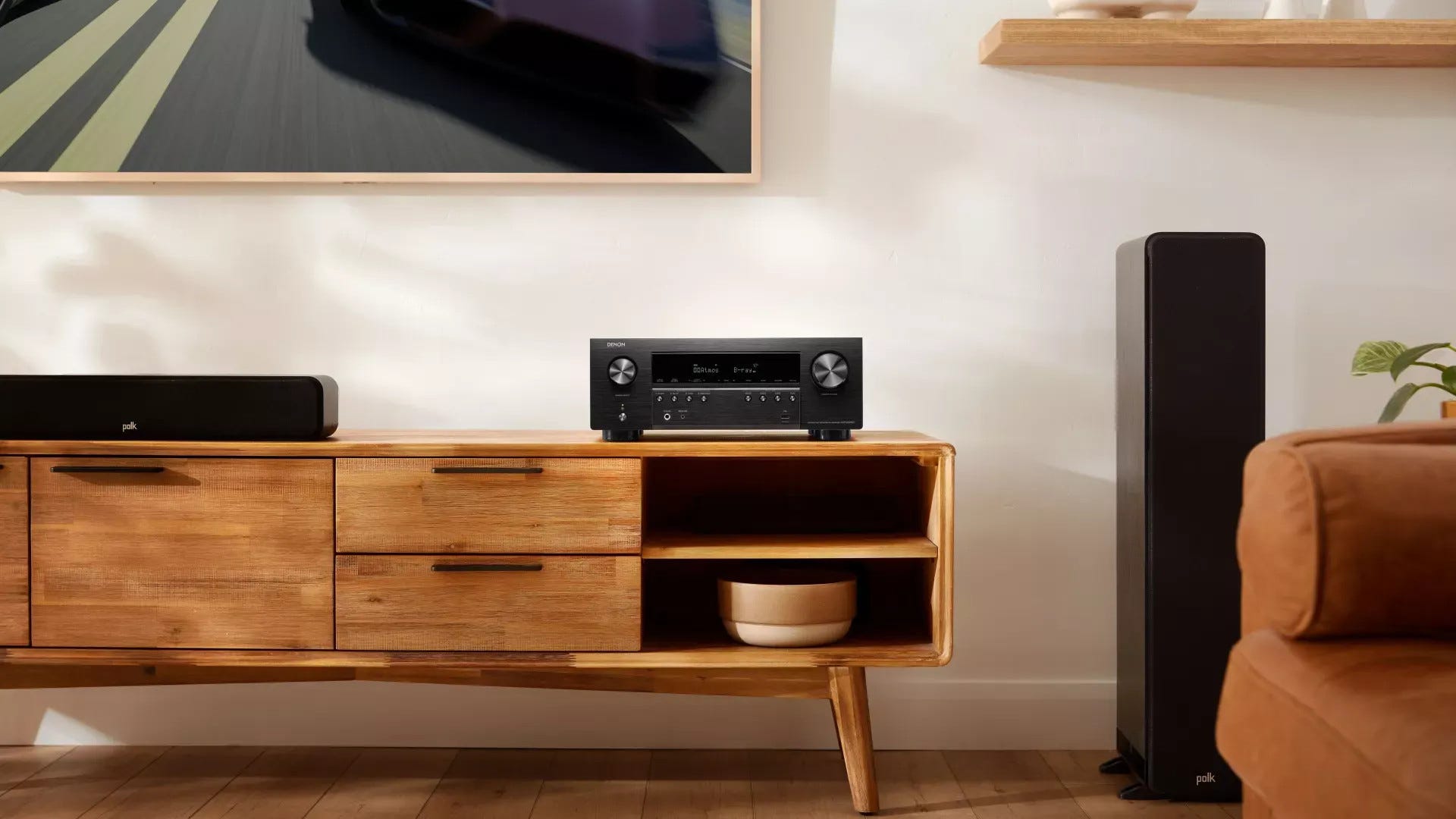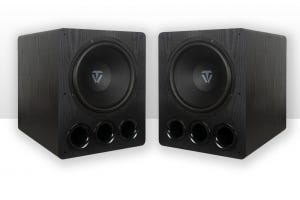
The new year is here, and so is the new HiFi. Denon's 2023 receiver lineup has audiophiles drooling -- let's take a look at this year's releases.
Denon has introduced five new AV receivers that come with enhanced HDMI 2.1 connectivity and 8K video support. There are models for various budgets, so you can get a piece of new tech without breaking the bank. As expected, the new line-up offers support for popular 3D sound formats such as Dolby Atmos, DTS:X, IMAX Enhanced, Auro 3D, and, for the first time, Sony 360 Reality Audio. Denon's room calibration system, Audyssey, is still available, but the brand has also added Dirac Live upgradability to some of its high-end models, giving users and installers the option to choose their preferred software.
Denon has upgraded its graphical user interface, providing users with a more user-friendly experience when adjusting Audyssey and other AVR settings. The new interface boasts a higher resolution of 1080p and includes updated wording and images to assist users in optimizing their amplifier. Additionally, the company claims that each AVR model is fine-tuned by a 'Denon Sound Master,' striving for a balance between performance, build quality, and value.
The A-Series
At the apex of Denon's range is the AVC-A1H, which takes the place of the highly regarded AVC-A110 110th Anniversary Edition AV Amplifier. With a whopping 15 channels of onboard amplification, the AVC-A1H features Denon's most potent transformer, a sturdy, high-rigidity build, and the option for Dirac Live upgradability through a forthcoming software update at an extra cost.
The AVC-A1H can power a 7.4.6 system, allowing for processing of up to four subwoofers and including four assignable balanced XLR outputs, an uncommon feature on home AV devices. Additionally, all seven of its HDMI inputs and three outputs support HDMI 2.1 and 8K video signals at 60fps. The AVC-A1H hit the market in early 2023, priced at $11,999 / £6000 / US$6500.
The X-Series
Denon has also overhauled three models from its well-received X Series. The AVC-X4800H model delivers an advertised 200W of power per channel to nine channels of amplification and can accommodate up to four subwoofers, akin to its larger sibling. As a standalone unit, the AVC-X4800H can drive a 5.4.4 system, supporting a variety of immersive sound formats such as Dolby Atmos, DTS:X, IMAX Enhanced, Auro 3D, and Sony 360 Reality Audio. Additionally, all seven of its HDMI 2.1 inputs and three outputs support 8K video, as well as gaming features such as VRR, ALLM, and QFT. The X4800H is also equipped with the option for Dirac Live upgradability through a forthcoming software update and is available at a price point of $3999 / £2200 / US$2500.
The AVC-X3800H, which debuted in October, is the latest version of the AVC-X3700H. Priced at $2999 / £1500 / US$1700, the AVC-X3800H boasts comparable specifications to the AVC-X4800H but with a reduction in power to an advertised 180W per channel and a single HDMI input loss.
The AVR-X2800H, a 7.2 channel AV receiver, is the next offering, featuring an advertised 95W per channel and capable of driving a 5.1.2 Dolby Atmos or DTS:X system. In contrast to the AVR-X2700H, HDMI 2.1 connectivity has been upgraded to three inputs and two outputs, with an additional three HDMI 2.0 input ports. The AVR-X2800H is priced starting at $2199 / £900 for the DAB model.
The S-Series
The AVR-S970H, which is part of Denon's affordable S-series amps designed for smaller systems and budgets, is a 7.2 amplifier that delivers an advertised 145W per channel. It comes with two HDMI outputs and six input ports, three of which support HDMI 2.1. The AVR-S970H is the top model in the S-Series, replacing the Denon AVR-S960H, and will be available in October at a price point of £800 / $900 (approximately AU$2199).
Astute readers may have noticed that Denon's latest lineup of AVRs, while similar in appearance to their predecessors, are pricier than the 2020 models they replace. The brand attributes this increase to ongoing market challenges.





